|
Although many people overlook them, moths are more numerous and widespread than butterflies, with over 1,000 species recorded in Ireland and living in a wide range of habitats. What if I told that this striking coloured and dramatic patterned insect above was a moth and one that you are likely to come across in your garden. Of course everyone recognises the bright, beautiful butterflies as they flit from flower to flower, a welcome daylight visitor in any garden, but what about moths. Even though they may be abundant in your garden, they live outside your consciousness, as you sleep they go about their daily lives. They probably need to get a new press agent too, they certainly don't get the best of reviews which tend to concentrate on the baddies of the moth world. Codling moth on apples, the apparent return of the clothes moth and the worrying Oak Processionary moth that is making it's way into a long line of invasive species (colonies of larvae have been found in parts of London but it has yet to be recorded in Ireland). It’s easy to love butterflies and they are easy to identify too as they often sport bright colours and patterns, but moths are just as striking, in some species even more so. Look at the dramatic Hawkmoths, the mosaic-like Campion moth or the elegant Swallowtail, the brightly coloured Garden Tigers or the cryptic Angle Shades, even those moths that pretend to be bumblebees or hummingbirds or even hornets. I admit, many of the moths prefer to protect themselves from predators with great flair and amazing camouflage and many of them are creatures of the night just to escape being eaten. Either way, the vast majority of the moth population are delicate, beautiful and useful visitors to our gardens, what's worrying is that they, like many of the once common insects, are now under threat. Many individual species have declined dramatically in recent decades and sadly, many of them are the beautiful species that were previously very common and frequently seen in our gardens. The days when moths come through an open window to the light in your bedroom have receded almost to the point of becoming stories. The loss of habitats has been the result of more intensive agriculture, commercial forestry, urban sprawl and the development of more industry. These are likely to be the major reasons but the way in which we manage our modern gardens is also a danger to moths. With the use of pesticides, more light pollution as we increase both numbers of lights and larger areas of our gardens that are lit and even the perceived need for tidiness may be reducing moths numbers. Climate change too may be affecting moths in both temperature and ranges but whatever the causes, the decrease in moth numbers is a worrying trend and a warning that all is not well within our garden and countryside landscapes. Why should we worry about the decline in moths? This is where they need a better press agent. We all know about the decline in honeybee numbers with scary headlines and petitions and major support to plant wildflowers meadows to 'save our bees'. This should actually be save our pollinators as wild bees including solitary bees, bumblebees and moths, with their fat, furry bodies, do exactly the same job, it's just that most moths do it under cover of darkness. So if you are planning a new border or hedge or even a few trees, plant for moths too, consider planting moth-friendly plants that include small trees such as hawthorn, blackthorn and goat willow; and fences clothed with wild honeysuckle, ivy and bramble. If you're considering a meadow, the following wildflowers have a long flowering period - from May to late September and are known to be nectar rich - Birdsfoot Trefoil, Red Clover, Common Sorrel, St Johns Wort, Corn cockle, Teasel, Dark Mullein, Vipers Bugloss, Field Scabious, Wild carrot, Yarrow, Lesser Knapweed and Ox-eye Daisy If you want a few plants that aren't native but give a good summer show and attract butterflies and moths, you could try beds full of Buddleja or lilac or a night-scented garden that will fragrance the air with wafts of Nicotiana, Night-scented Stock, Jasmine and Evening Primrose perfume. The Royal Horticultural Society say that the easiest way to encourage moths (and almost all other wildlife) is to relax, take things easy and stop working so hard in the garden. Gardens can be creative, fulfill all of your family requirements and still be actively managed for nature. A tidy garden is a moth-less garden – moths need some places to hide Moths, their chrysalis and caterpillars, need weeds and plant litter (dead leaves, twigs, moss etc) to escape their predators, and love to munch à la carte on native plants such as Rosebay Willowherb, Sweet Rocket, Campions and Soapwort. So, even letting nature take over a small area is a boon; and since some moth caterpillars will only eat the leaves of a particular plant, it's best to offer as wide a menu as possible. Leaving some of your grass to grow long will also help as it is a food source for many moth caterpillars. Besides their pollinating properties, moths are also crucial to the garden ecosystem in another way: they are a favourite snack of many other wildlife that may inhabit or traverse your garden during the night hours. Owls, bats, amphibians, small mammals and many garden fledglings would simply starve without a ready supply of moths and caterpillars, so this might be another reason to make your garden a haven for the night fliers. Some final thoughts on managing a garden for all wildlife, not just for moths
1. Stop using insecticides 2. Leave perennials uncut over winter to offer protection for insects such as ladybirds, you can clear the dead growth away as the new leaves erupt in spring 3. If you use herbs from the garden in your cooking, let some of them flower; their blooms are a really rich nectar source Moths are amazing and beautiful and should be encouraged into every garden
0 Comments
Leave a Reply. |
WildEdges
A haven of quiet countryside highlighting issues affecting the natural world. Categories
All
|
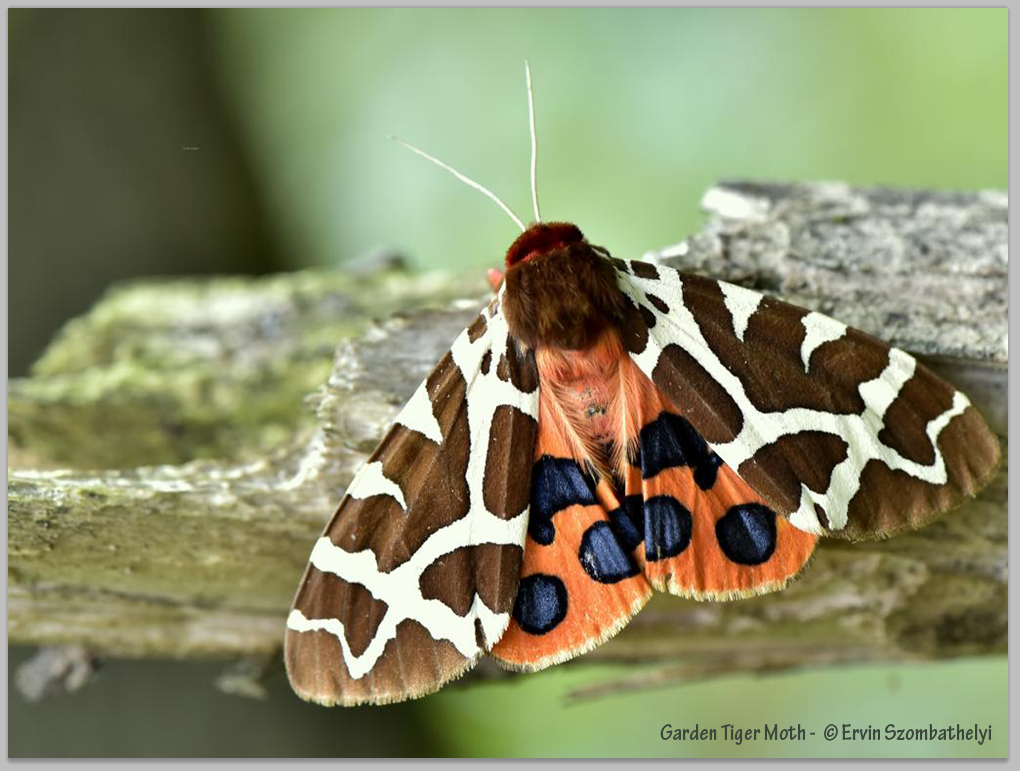
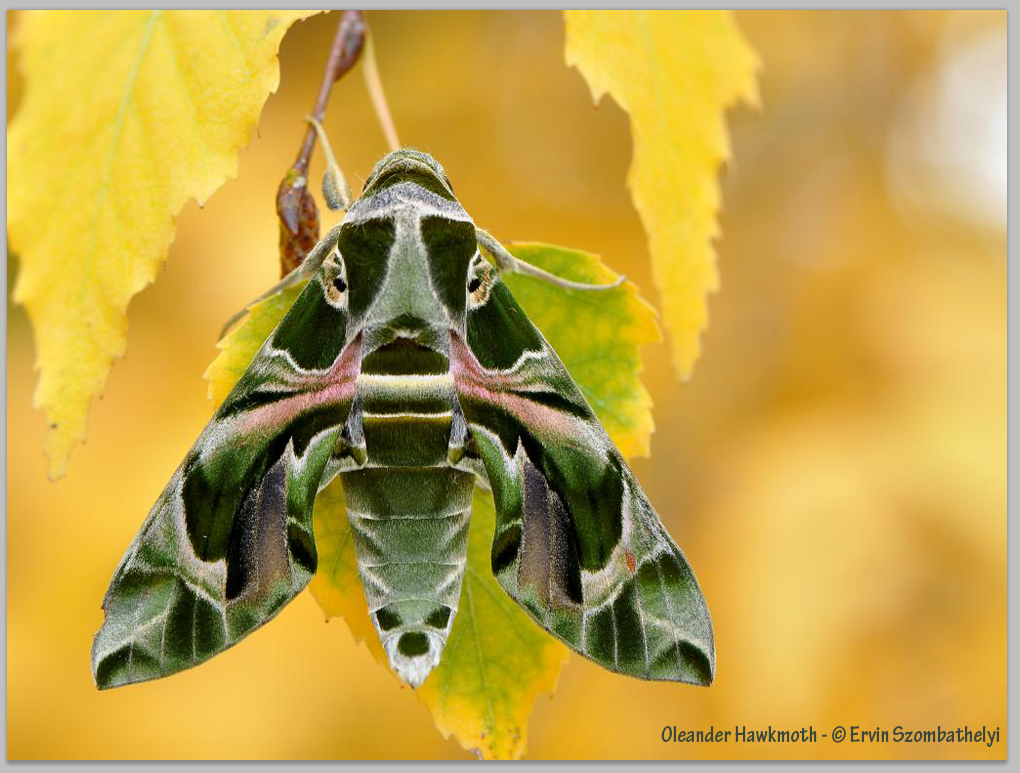
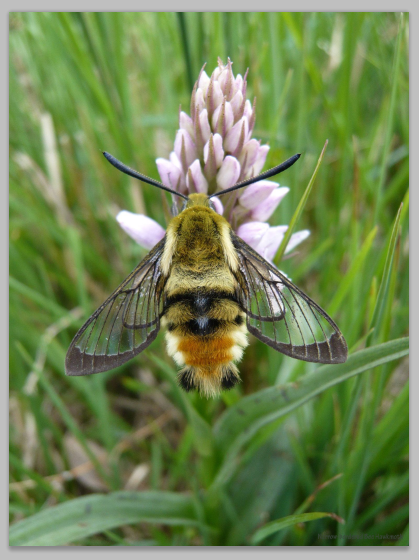
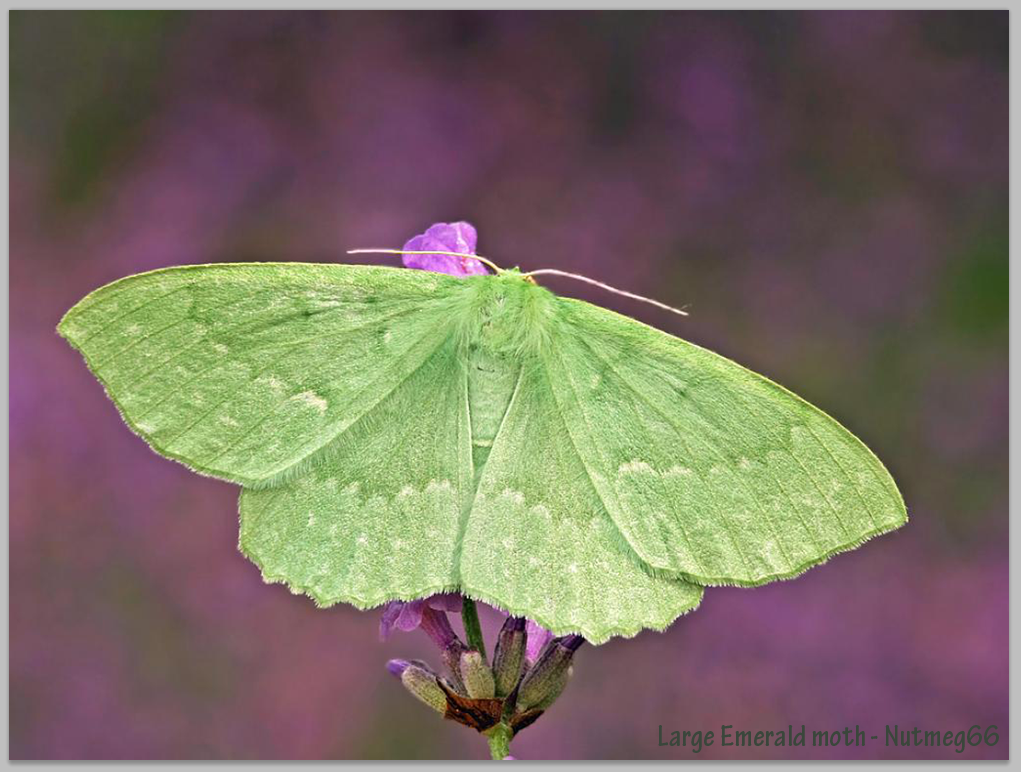
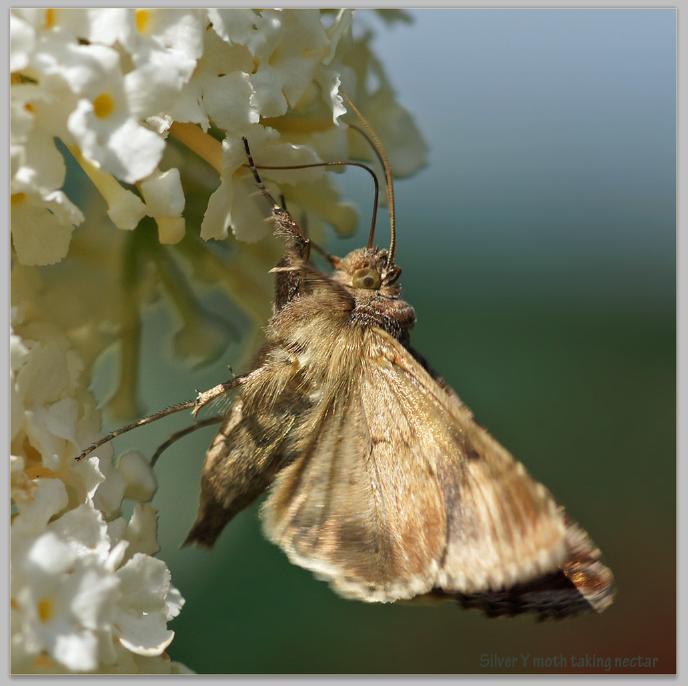
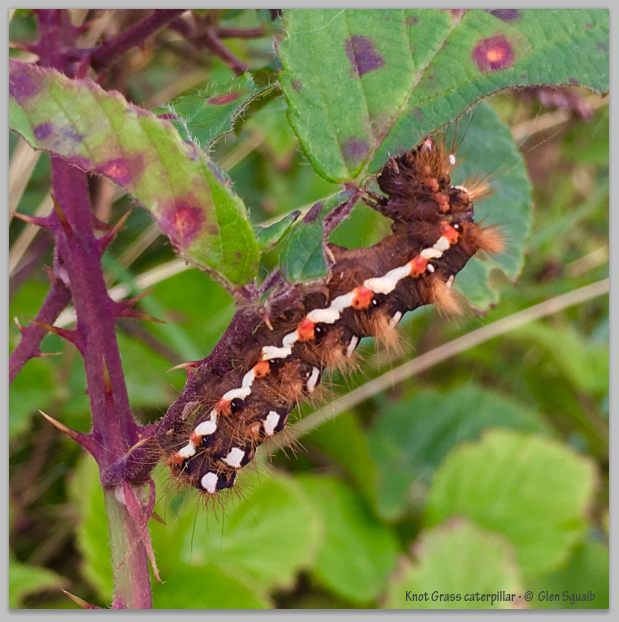



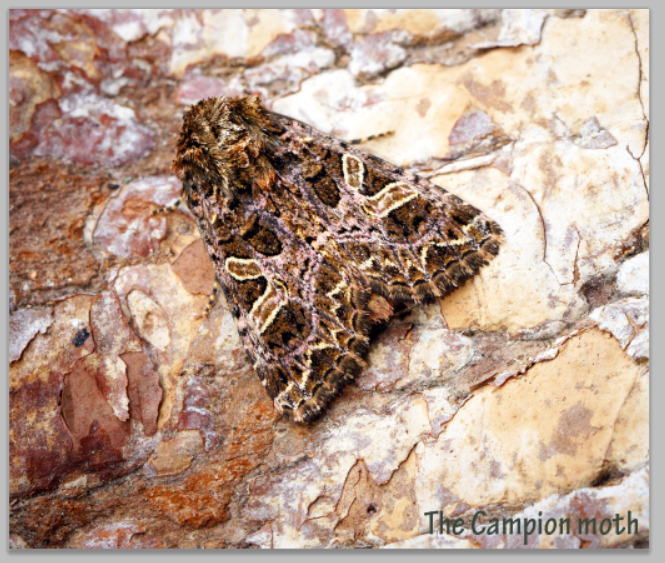
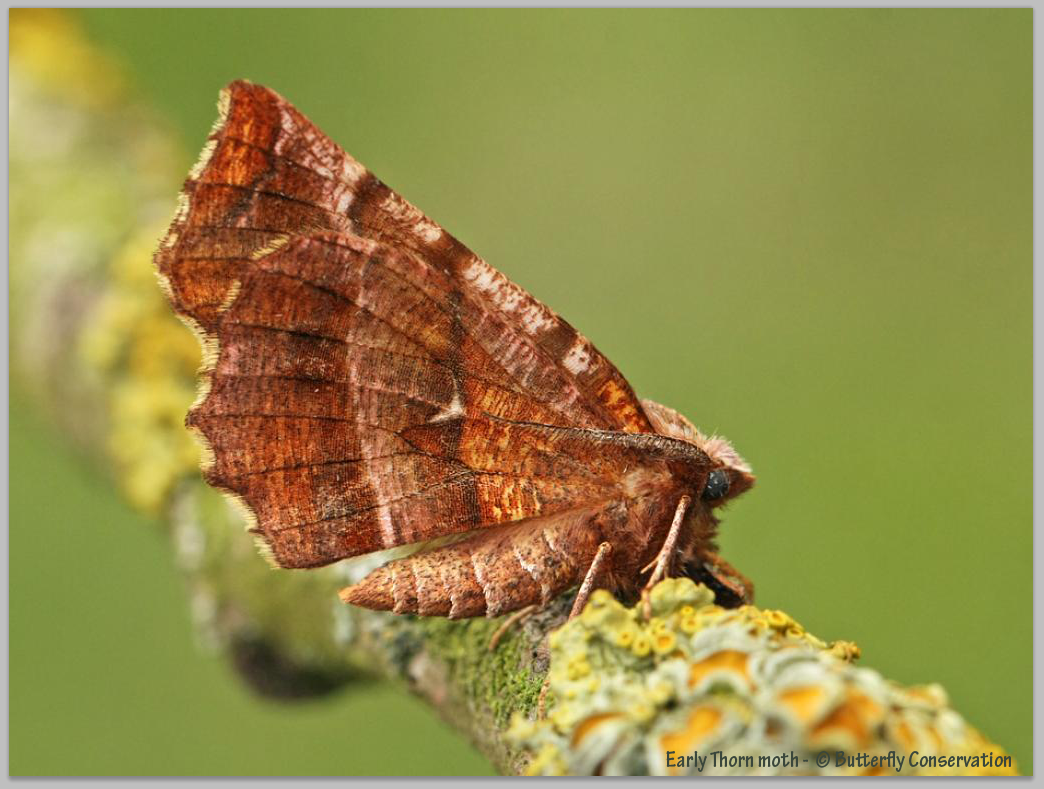
 RSS Feed
RSS Feed